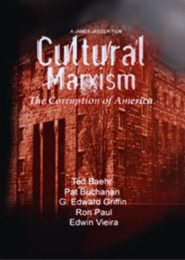The Light Bulb Conspiracy (2010)
The Light Bulb Conspiracy, also known as Pyramids of Waste, is a 2010 documentary film written and directed by Cosima Dannoritzer.
This international co-production between France and Spain goes into the concept of planned obsolescence in industrial products for commercial reasons.
The film sheds light on how manufacturers intentionally limit the lifespan of their products to ensure the sale of replacements and follow-up items. Here are some key points from the documentary:
- Phoebus Cartel: The Phoebus cartel, active between 1925 and 1939, controlled the manufacture and sale of incandescent light bulbs in Europe and North America. The cartel aimed to lower the useful life of bulbs, leading to shorter-lasting products.
- Centennial Light: The Centennial Light, considered the longest-lasting incandescent lamp globally, serves as evidence of collusion among light bulb manufacturers. The Phoebus cartel aimed to limit the average lifespan of light bulbs to 1000 hours.
- Automotive Industry: The film illustrates how planned obsolescence entered the automotive industry. Alfred P. Sloan, the president of General Motors from 1923 to 1937, employed market strategies to ensure product failure and encourage replacement.
- Consumer Electronics: Examples include the Epson Stylus C42UX inkjet printer, which issues a defect message after a certain number of printed pages, and the iPod Classic battery, designed with planned obsolescence in mind.
- Economic and Ecological Consequences: Beyond specific examples, the documentary explores the broader impact of consumer society, emphasizing the economic and ecological consequences of planned obsolescence.
The Light Bulb Conspiracy raises awareness about the intentional design of products to fail, prompting viewers to consider the implications of our consumption patterns. The film has been screened internationally at film festivals and on television channels such as Arte and Phoenix.




